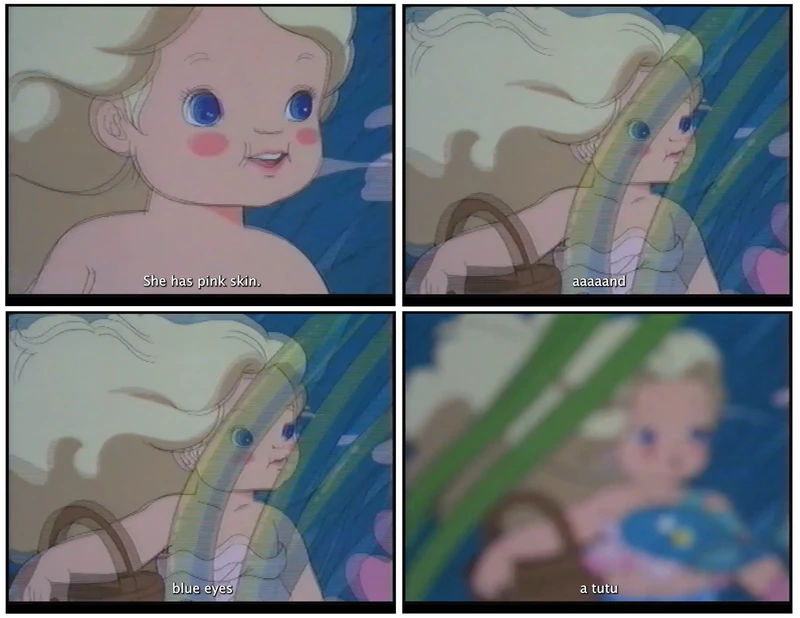Liza Sylvestre: asweetsea
8 Oct 2022-14 Jan 2023


asweetsea explores what it means to communicate. The first solo exhibition by artist Liza Sylvestre outside of the USA, asweetsea comprises newly commissioned moving image, together with drawings, sculptures and audio works.
As an artist who is deaf, and whose child and partner are both hearing, Sylvestre tries to locate where her disability lives within their family structure. Through her work, Sylvestre investigates the complicated edges of distinctions. What does hearing mean? What does deafness mean? What does disability mean? Where do these things begin and end?
In a new film, Sylvestre has collaborated with her 6-year-old child to reimagine an animated cartoon from the artist’s own childhood. Sylvestre’s fond memories of the Sweet Sea cartoon evolved at a time when she had a very different sensory makeup. Now, as her hearing child relays their experience of the film, Sylvestre reworks the animated material to fit their description. Captioned conversations between parent and child convey both the sound and the emotion of their interaction. Vividly coloured and shimmering with undersea motion, their remake engages generational experiences of disability, interdependence, sensory memory, communication, and time.
To accompany the film, Sylvestre has created clear resin sculptures and diagrammatic drawings. Memories of Sweet Sea toys amalgamate with components from contemporary cochlear implants. Illustrations for the assembly of these implants overlap Lego construction diagrams in Sylvestre’s new drawings. The structure of language within a family is made visible as an investigation of overlapping systems. Also explored in the exhibition is the role of description in creating access. Silent screens and audio tour headsets bring additional layers of imagery, sound, access and interpretation.
Liza Sylvestre (b.1983) lives and works in Illinois, USA. Her work was previously included in the group exhibition, Many Voices: all of them loved at John Hansard Gallery in 2020. asweetsea is Sylvestre’s first solo exhibition in the UK, and is curated by Sarah Hayden as part of Voices in the Gallery, an AHRC funded research project.